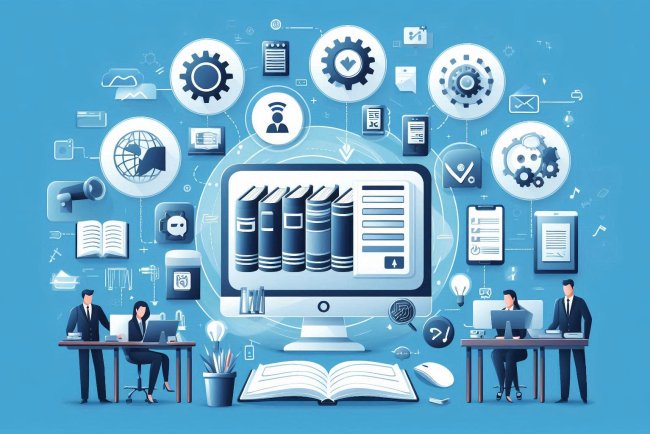Securing Industrial IoT (IIoT) environments
Learn how to protect Industrial IoT (IIoT) environments with best practices and security measures to safeguard critical infrastructure and data.

Securing Industrial IoT (IIoT) Environments
The Industrial Internet of Things (IIoT) is revolutionizing industries by enabling connectivity, automation, and data exchange. However, with this increased connectivity comes the risk of cyber threats and attacks. Securing IIoT environments is crucial to protect critical infrastructure, sensitive data, and ensure operational continuity. Here are some key strategies to enhance security in industrial IoT environments:
1. Network Segmentation
Implementing network segmentation is essential to limit the impact of a security breach. By dividing the network into separate segments, you can control and monitor traffic flow, isolate critical systems, and prevent lateral movement by attackers.
2. Secure Communication
Encrypting data in transit and at rest is vital to protect sensitive information from interception or tampering. Secure communication protocols such as Transport Layer Security (TLS) should be used to establish secure connections between devices, sensors, and backend systems.
3. Access Control
Implementing strong access controls is crucial to prevent unauthorized access to IIoT devices and systems. Use multi-factor authentication, role-based access control, and regular user access reviews to ensure that only authorized personnel can interact with critical infrastructure.
4. Device Authentication
Each IIoT device should be uniquely identified and authenticated before being granted access to the network. Implementing device authentication mechanisms such as digital certificates or biometric authentication can help ensure the integrity and authenticity of connected devices.
5. Security Monitoring
Continuous monitoring of IIoT systems and networks is essential to detect and respond to security incidents in real-time. Implementing intrusion detection systems, security information, and event management (SIEM) solutions can help identify suspicious activities and potential threats.
6. Firmware Updates and Patch Management
Regularly updating and patching firmware and software in IIoT devices is critical to address known vulnerabilities and protect against emerging threats. Establish a comprehensive patch management process to ensure that all devices are up to date with the latest security updates.
7. Physical Security
Securing physical access to IIoT devices and infrastructure is as important as protecting them from cyber threats. Implement physical security measures such as access control systems, surveillance cameras, and tamper-evident seals to prevent unauthorized access or tampering.
8. Vendor Risk Management
When deploying IIoT solutions, it is essential to assess and mitigate risks associated with third-party vendors and suppliers. Ensure that vendors follow security best practices, conduct security assessments, and have mechanisms in place to respond to security incidents.
9. Incident Response Plan
Developing an incident response plan is crucial to effectively respond to security breaches and minimize their impact on IIoT environments. Define roles and responsibilities, establish communication protocols, and conduct regular drills to test the effectiveness of the plan.
10. Security Awareness Training
Training employees and stakeholders on security best practices and the importance of cybersecurity is essential to create a culture of security within the organization. Provide regular security awareness training sessions to educate personnel about common threats and how to prevent them.
Conclusion
Securing Industrial IoT environments is a complex and ongoing process that requires a multi-layered approach. By implementing network segmentation, secure communication, access controls, and other security measures, organizations can protect their IIoT systems from cyber threats and ensure the reliability and safety of critical infrastructure.
Remember, staying ahead of cybersecurity threats in IIoT environments is crucial to safeguard data, operations, and reputation. By following best practices and continuously monitoring and updating security measures, organizations can proactively defend against evolving threats in the digital age.
What's Your Reaction?

















